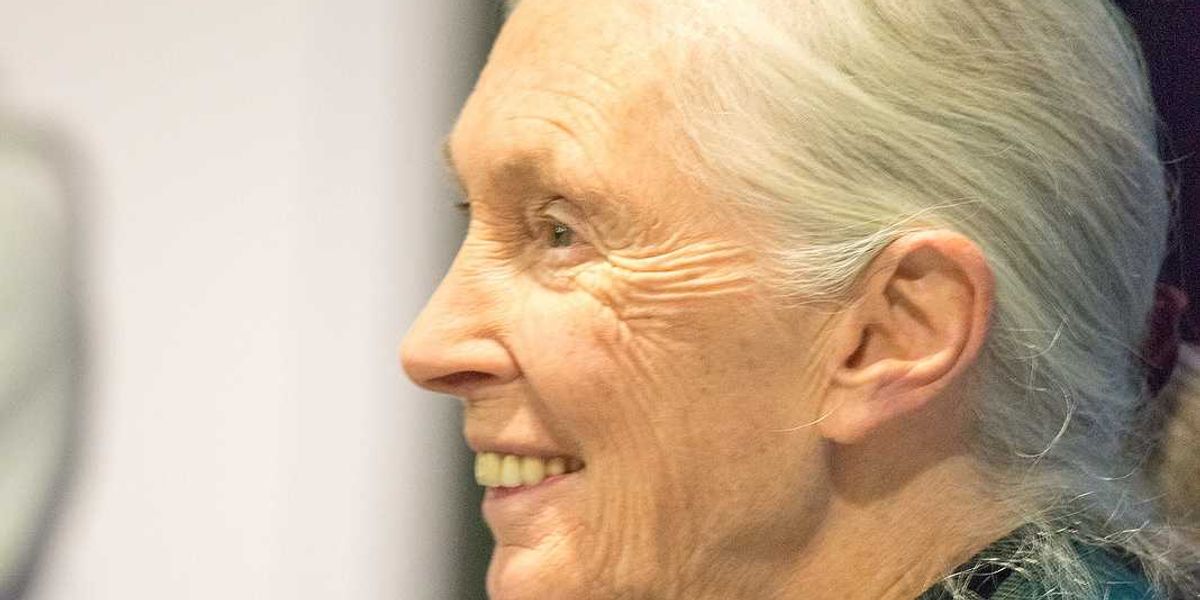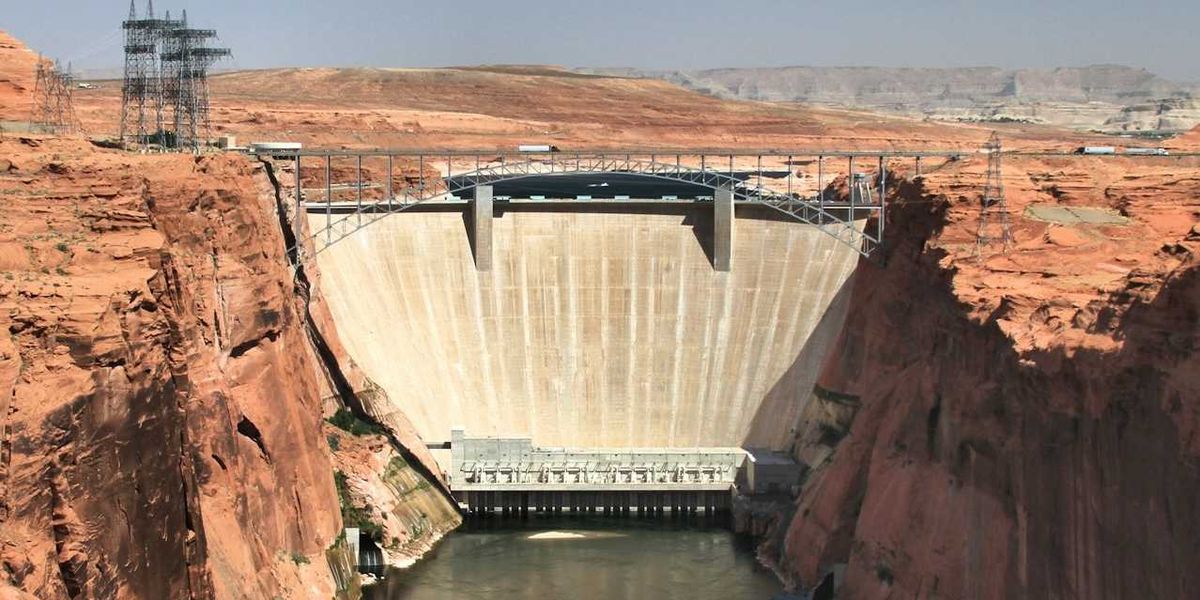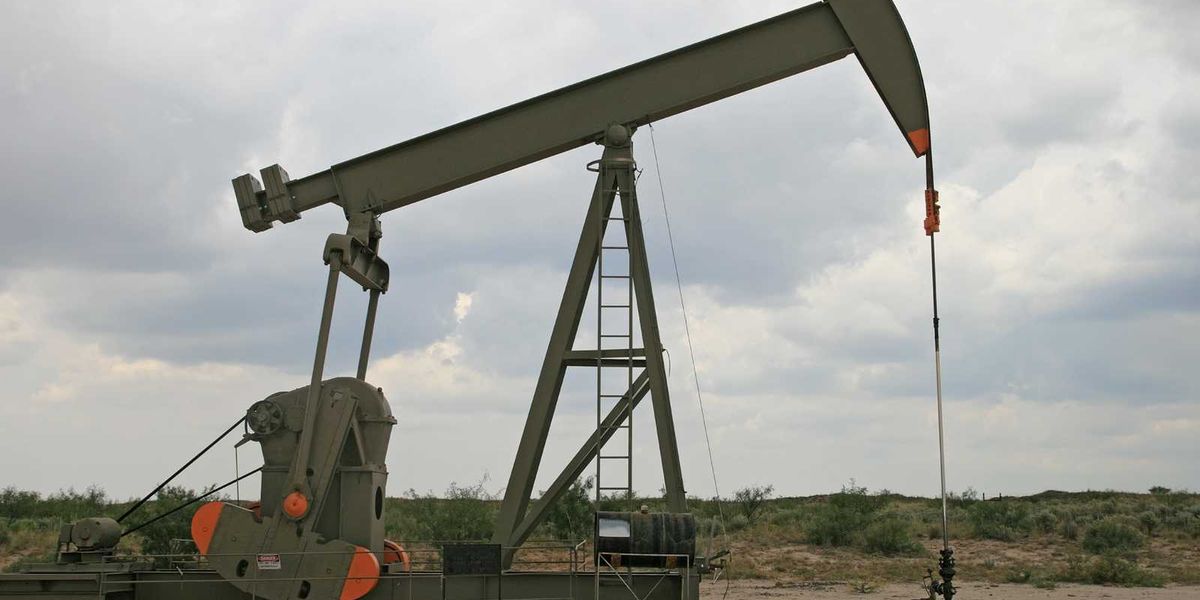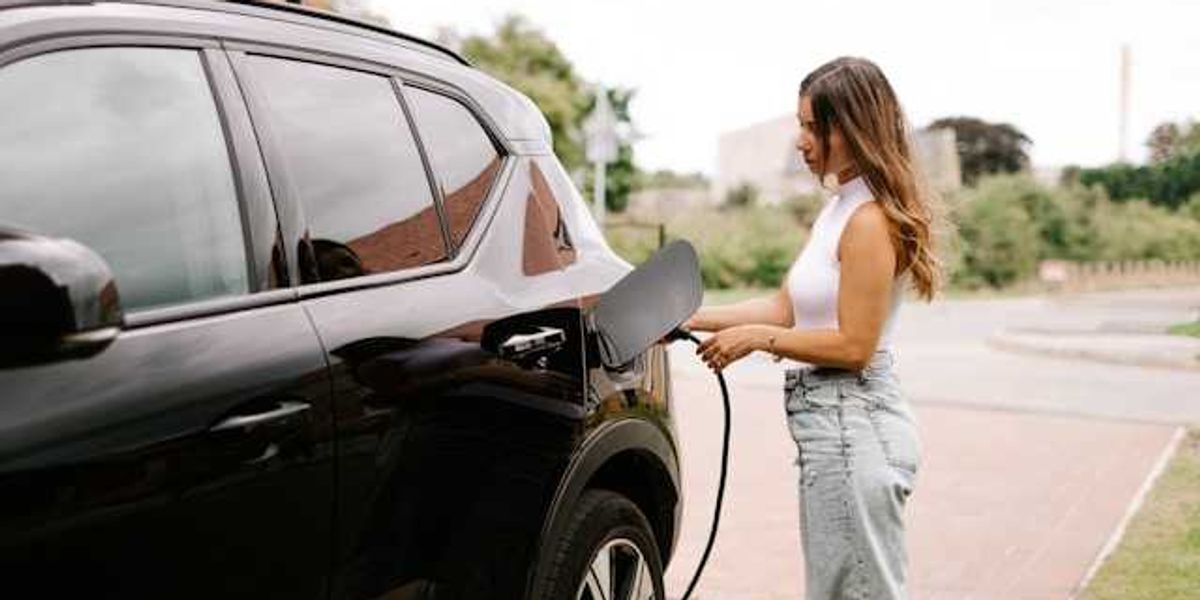Beef industry shapes school lessons to sidestep meat’s climate toll
Through free classroom materials and teacher trainings, the beef industry is quietly influencing how kids learn about climate change while leaving out the science on eating less meat.
Gabriella Sotelo reports for Sentient.
In short:
- The beef industry’s educational materials, distributed via the federally funded Beef Checkoff program, highlight beef’s role in science curricula while downplaying or excluding diet-related climate solutions like reducing meat consumption.
- Materials portray beef production as sustainable, emphasizing technological fixes and cow genetics over dietary change, even though scientists say the world can’t meet climate goals without eating less meat.
- These resources are often introduced without much oversight, targeting young students from kindergarten through high school, especially in states with a strong agricultural industry, like Oklahoma and Kansas.
Key quote:
“That this industry — notorious for environmental harms and adverse health issues — has set its sights on children doesn’t bode well for our educational systems."
— Jennifer Molidor, senior food campaigner at the Center for Biological Diversity
Why this matters:
Students as young as five are being introduced to a version of climate science where cattle are high-tech climate warriors and hamburgers are guilt-free. What’s missing from the picture? The idea that eating less meat might actually help the planet. As climate-related health risks climb, sidestepping a major source of emissions in science education makes it harder for future generations to act on health and climate.
Read more: This diet will likely keep you alive longer — and help the planet













